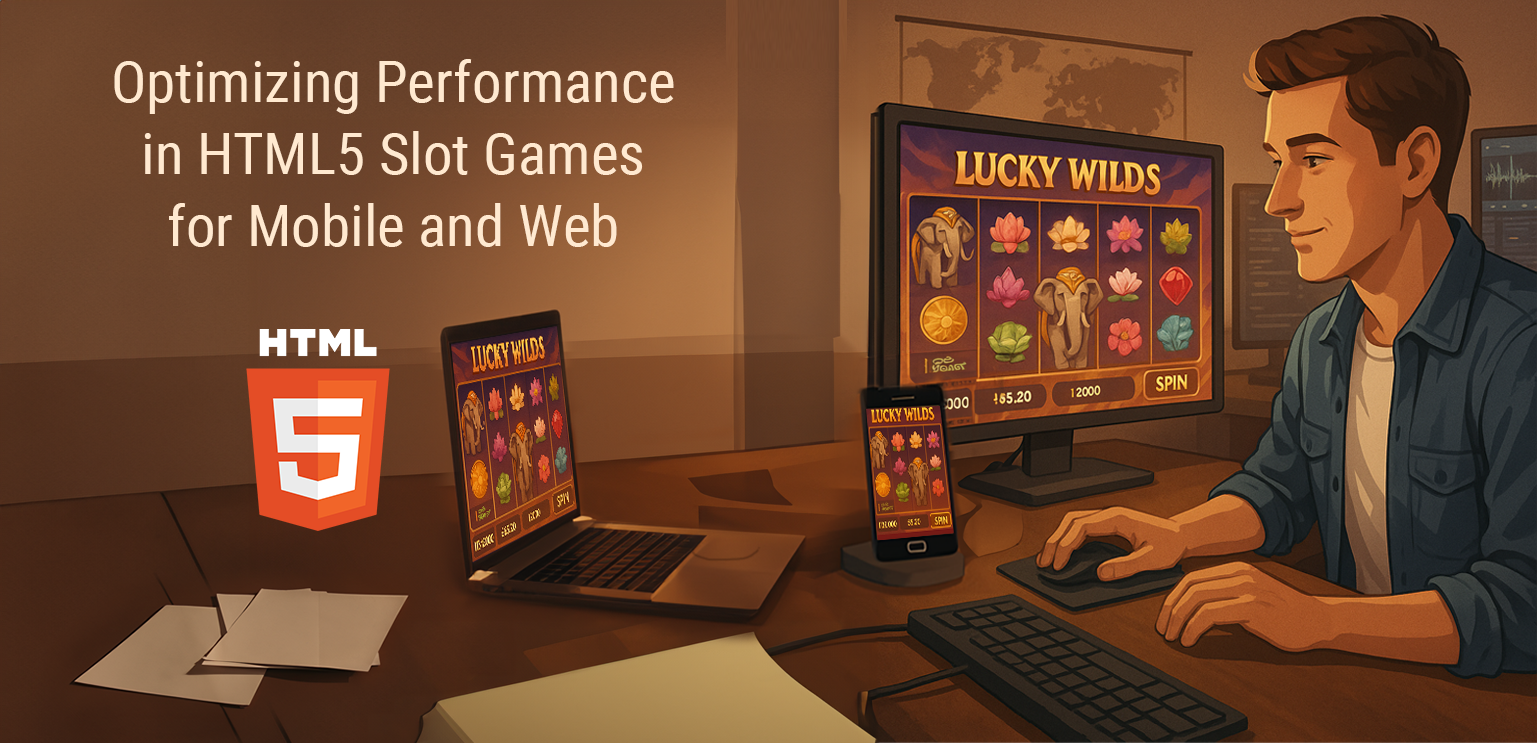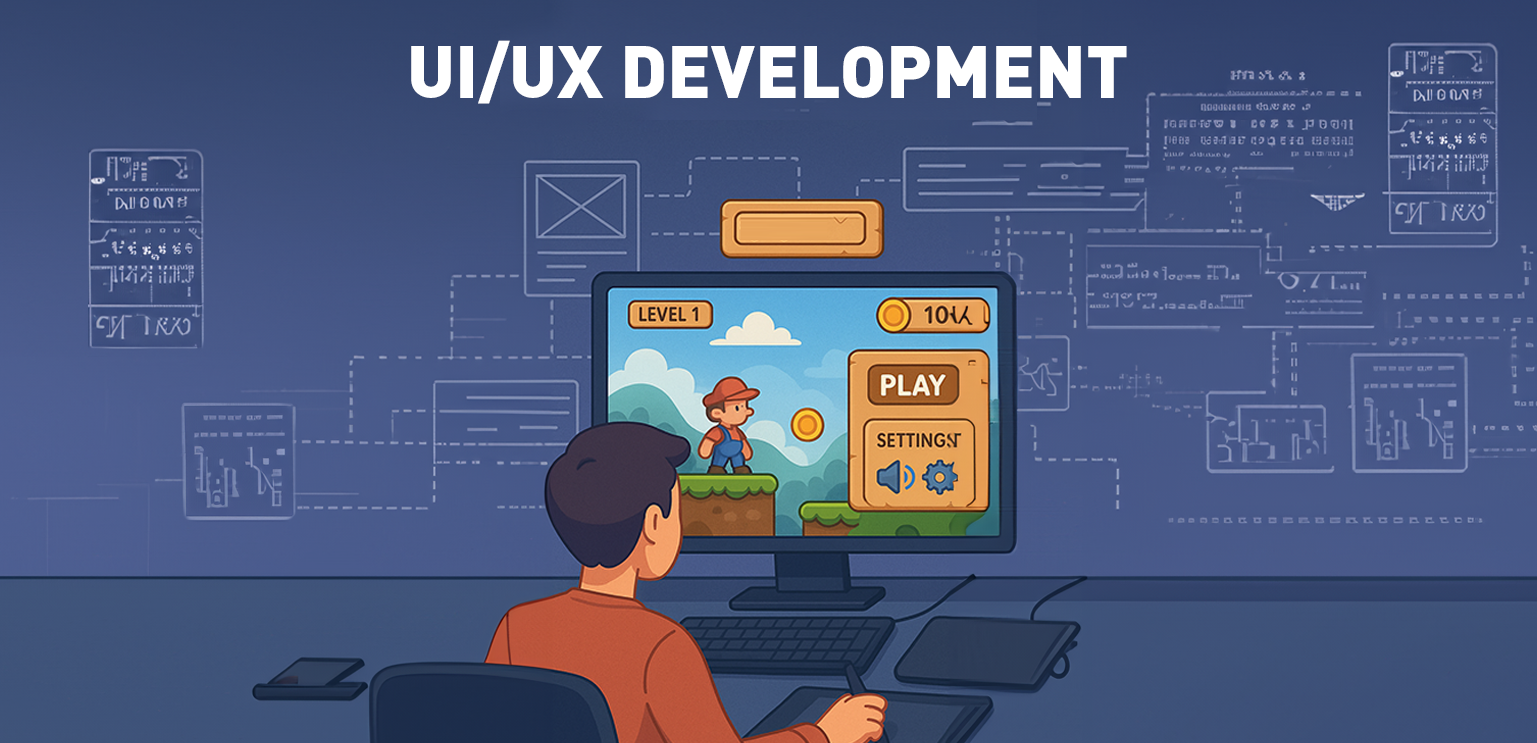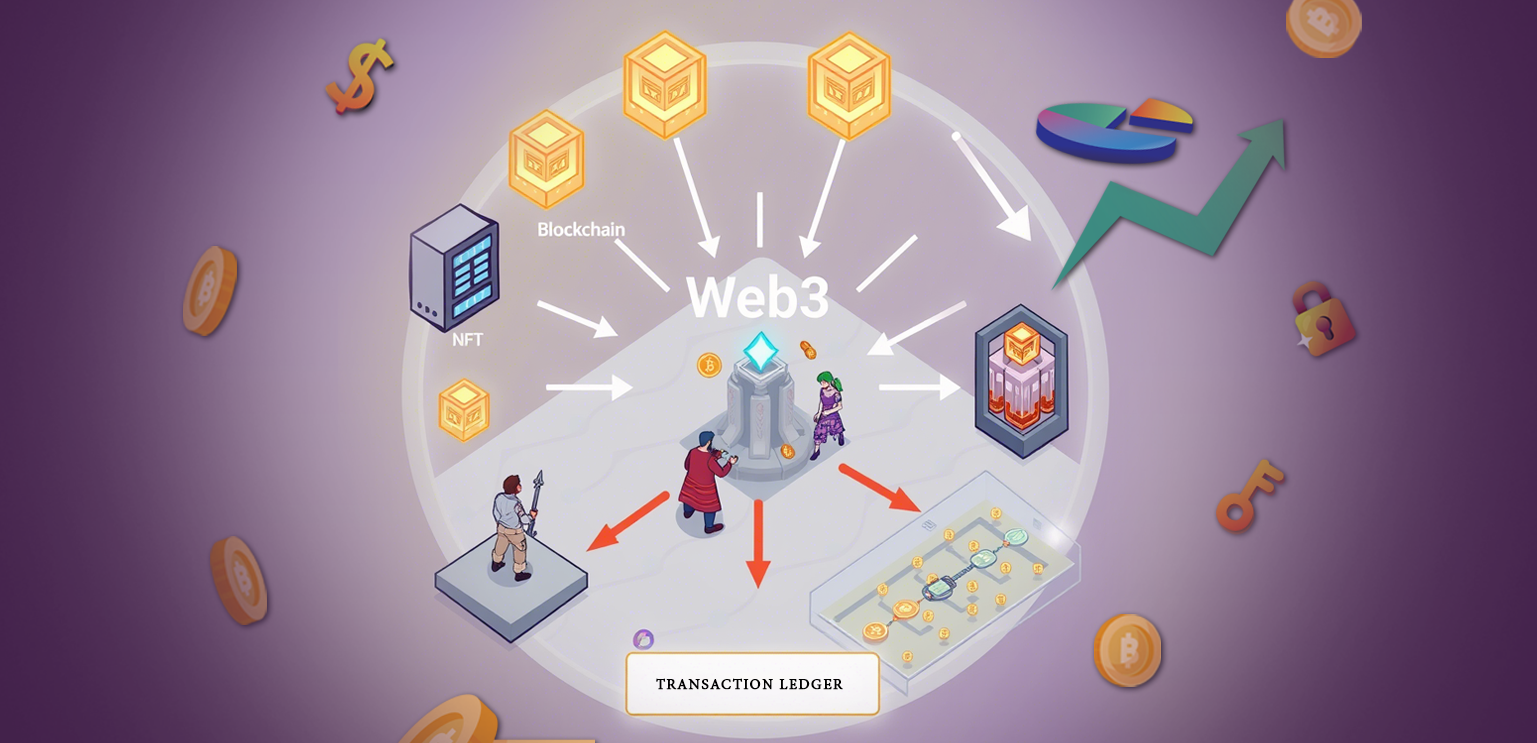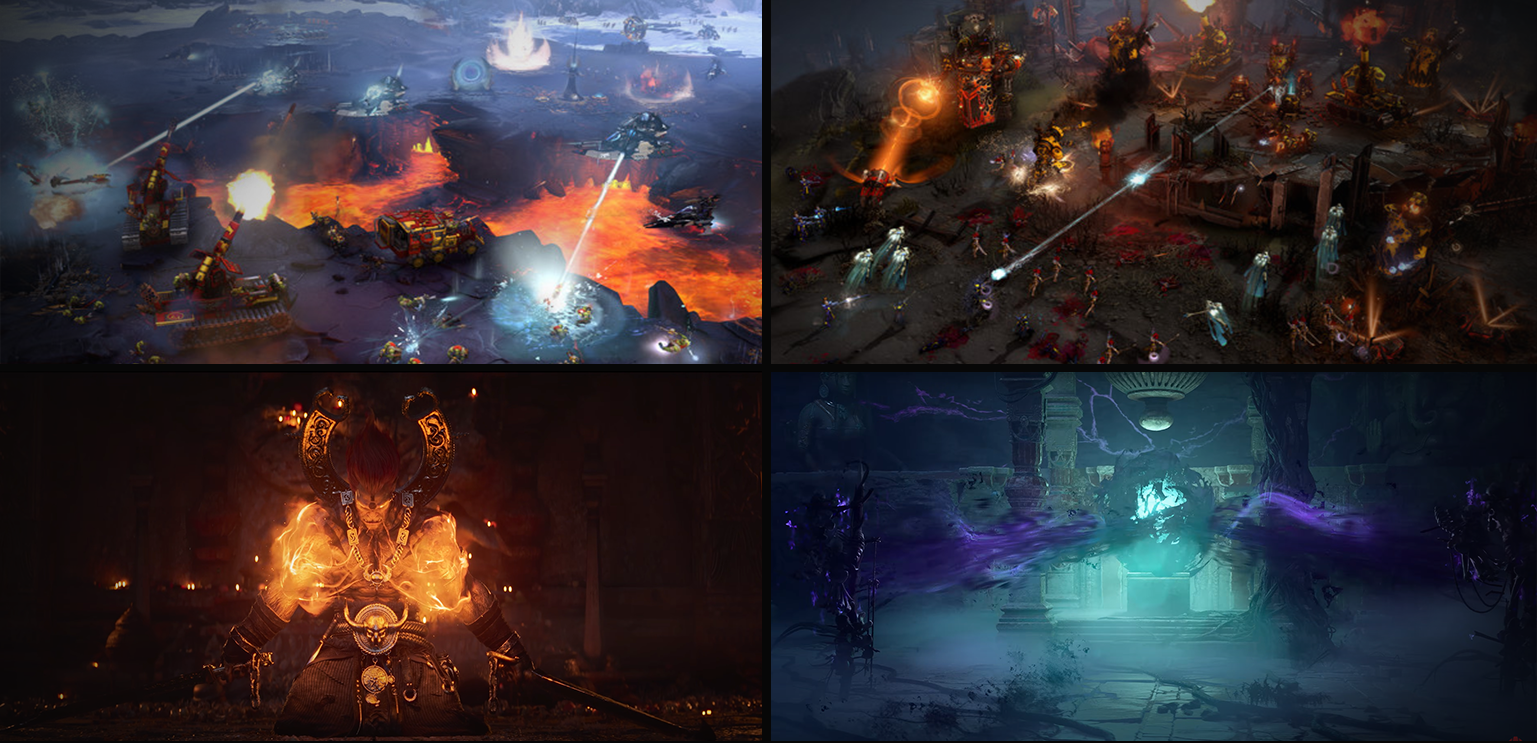2D vs 3D Art in Slot Games: When and Why to Choose Each
In the visually competitive world of slot games, the choice between 2D and 3D art is more than just aesthetic—it can shape the game’s tone, affect performance, influence costs, and even determine how well players engage. At GamixLabs, we’ve worked with both 2D and 3D styles across dozens of slot projects, and we know when each one makes sense. In this guide, we’ll break down the strengths of each art form, the challenges they bring, and how to make the right decision for your project.

What Is 2D Art?
2D art in games involves creating flat visuals that use only height and width, without any depth, to represent characters, symbols, and environments. It’s a classic approach that offers clarity, simplicity, and a wide stylistic range.
(i) Common Uses in Slot Games
Many classic and casual slot games use 2D art because of its straightforward style and nostalgic appeal. Think of fruity icons, Egyptian scrolls, or cartoon characters—these are often illustrated in 2D to feel light, nostalgic, and instantly readable.
(ii) Pros of 2D Design
- Faster production: Easier to sketch, animate, and refine.
- Performance-friendly: Requires less processing power, ideal for mobile.
- Stylized charm: From cartoonist to elegant, 2D gives designers creative freedom.
- Cost-effective: Generally more affordable in both creation and maintenance.
(iii) Limitations of 2D Art
- Less depth: Harder to create realism or dramatic lighting.
- Limited camera movement: Not ideal for cinematic effects or transitions.
- Reusability: Less flexibility for dynamic or reusable assets compared to 3D.
What Is 3D Art?
3D art brings an object to life with depth—adding height, width, and depth. Models are rendered in 3D software and can be animated from multiple angles, with lighting and shadow effects.
(i) Where 3D Shines in Slot Design
3D art is ideal for immersive themes—like fantasy, sci-fi, or action slots—where visual realism and dynamic effects matter. Characters, animated reels, and cinematic intros all benefit from the realism and fluidity of 3D.
(ii) Pros of 3D Design
- Dynamic visuals: Characters and symbols can rotate, zoom, and come to life.
- Greater realism: Textures, lighting, and movement feel more lifelike.
- Modern appeal: Especially for younger audiences or console-style players.
(iii) Challenges with 3D in Slots
- More resource-intensive: Heavier on GPU and RAM, especially for older devices.
- Longer development: Modeling, rigging, and animation take more time.
- Higher cost: 3D teams, render farms, and file sizes increase budget needs.
Choosing the Right Style for Your Audience
(i) Target Demographics and Art Preference
Casual players, especially older ones, often prefer 2D because it feels familiar and fast. Younger players may expect 3D polish or hybrid effects that reflect other games they play.
(ii) Platform Constraints (Mobile vs Desktop)
- On low-end phones, 2D offers smoother gameplay.
- On high-performance tablets or desktop browsers, 3D can shine without lag.
GamixLabs always reviews your platform targets before recommending an art style.
Production Timeline and Budget Considerations
Deadlines and budgets matter. A tight launch date might favor 2D, allowing rapid prototyping and iteration. If you have more time and resources, 3D can unlock richer animation and immersive effects—but only if you have the capacity to support it post-launch too.
Comparing Performance and Optimization Between 2D and 3D Graphics
- 2D assets load faster and consume less memory, which is crucial for maintaining a smooth 60 FPS on mobile.
- 3D requires careful LOD (Level of Detail) settings, polygon optimization, and texture compression to avoid lag or overheating devices.
At GamixLabs, our tech artists fine-tune performance whether it’s a flat PNG or a high-poly model.
Mixing 2D and 3D Elements: Hybrid Approaches
More games now combine the best of both worlds. For example:
- 2D UI with 3D symbols on reels.
- 3D backgrounds with 2D characters to speed up rendering.
- Pre-rendered 3D animations exported as 2D sprites.
Hybrid styles keep games visually rich without sacrificing performance.
GamixLabs’ Experience in 2D and 3D Art for Slots
GamixLabs has crafted slot games that showcase the vibrant appeal of 2D design as well as the immersive depth of 3D visuals. Our teams of illustrators, modelers, and animators collaborate closely to match the game’s tone and budget with the right visual approach. Whether it’s a sleek, flat-icon game or a layered, animated universe, we ensure it looks and performs beautifully.
Conclusion
Choosing between 2D and 3D art in slot games is about more than style—it’s a strategic decision. It affects performance, budget, and how players perceive your game. With thoughtful planning, either style—or both—can create immersive, engaging experiences.
At GamixLabs, we help you find the sweet spot between design and performance, ensuring your game not only looks amazing but plays beautifully, too.
Frequently Asked Questions
Q1: Which is cheaper—2D or 3D slot art?
Typically, creating 2D assets is faster and more cost-effective than producing 3D visuals. 3D requires more tools, time, and technical skill.
Q2: Is 3D always better visually?
Not always. 2D can be just as striking, especially in stylized or themed slots. The right choice often comes down to the game's tone and the preferences of its players.
Q3: Do 3D slots work on all devices?
Not perfectly. Older phones may struggle with performance unless assets are well-optimized.
Q4: Can you convert 2D assets to 3D later?
Yes, but it's not automatic. 3D versions need to be modeled from scratch using 2D concept art as a base.
Q5: Should beginners start with 2D?
For faster results and lower costs, yes. Many indie or first-time slot creators start with 2D before scaling up.
Q6: Can you mix both in one game?
Definitely. A lot of top-performing games combine 2D and 3D elements to achieve both efficiency and visual impact.




 If you’re planning to create a game or outsource parts of it, understanding the
If you’re planning to create a game or outsource parts of it, understanding the 


